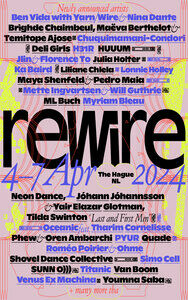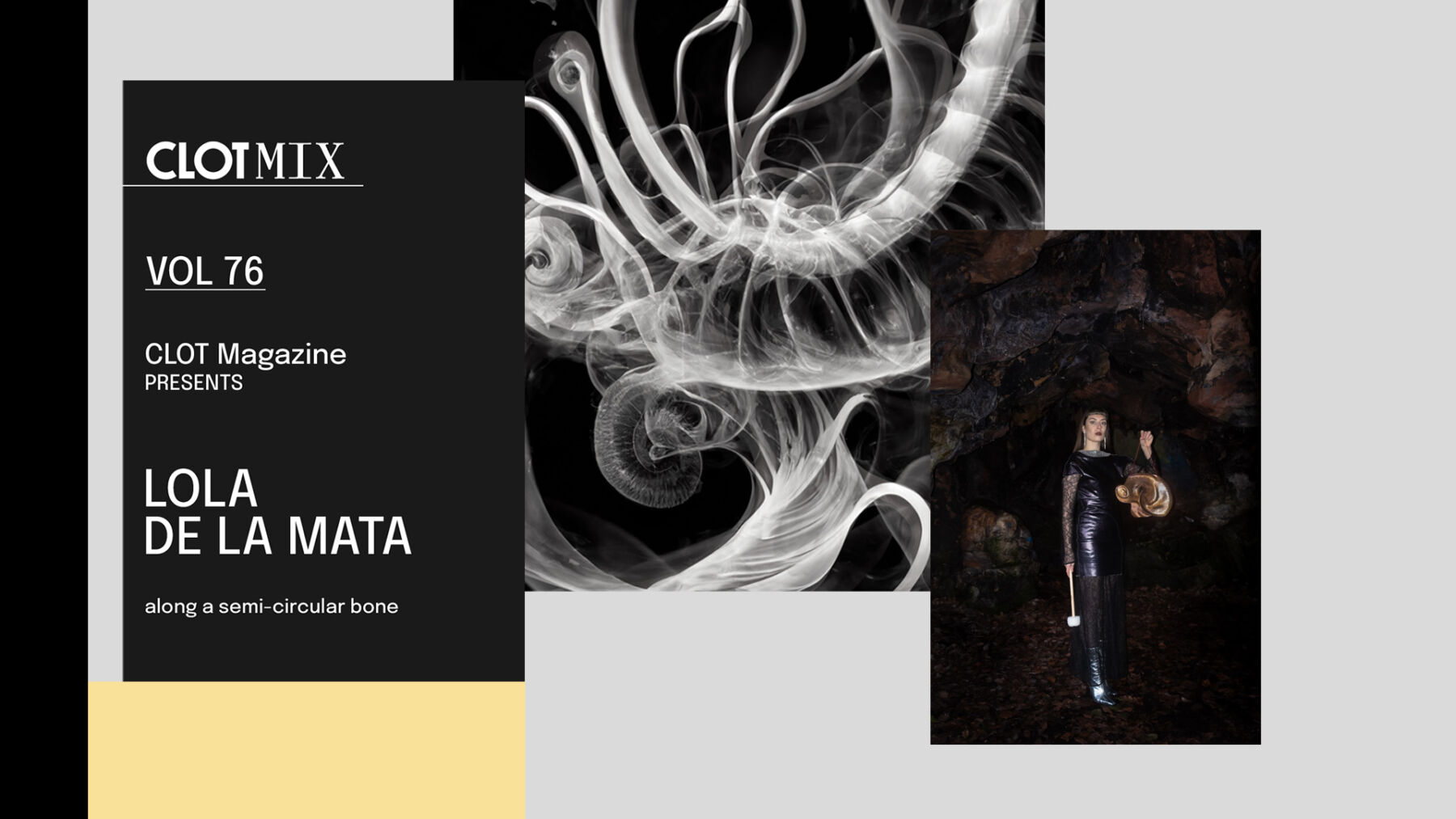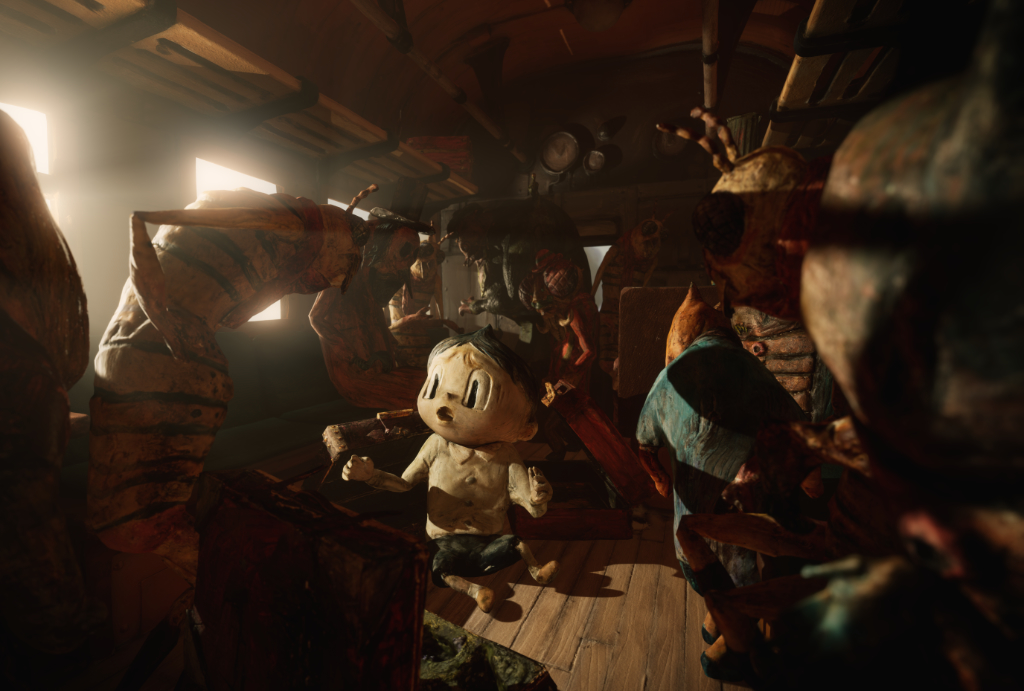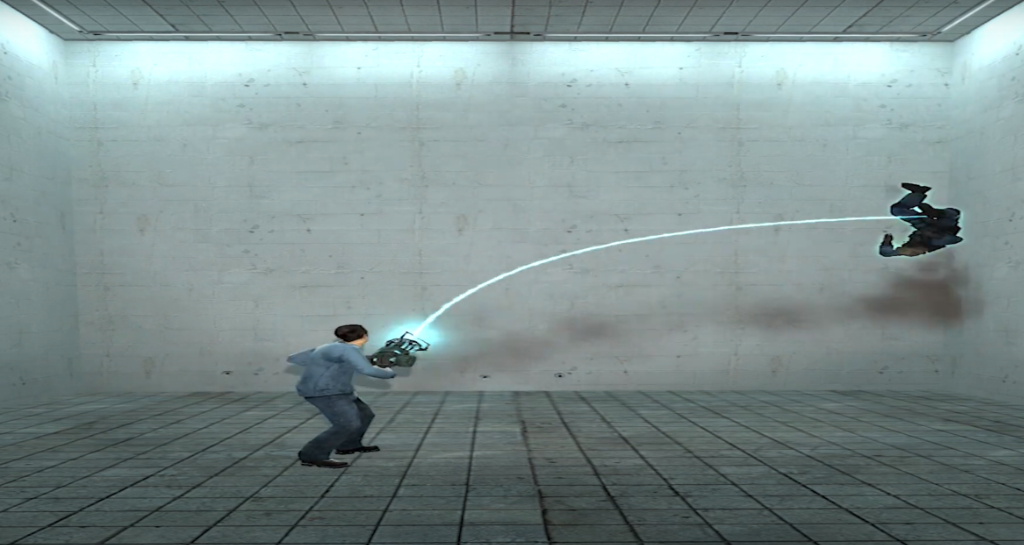Interview by Miriam AG
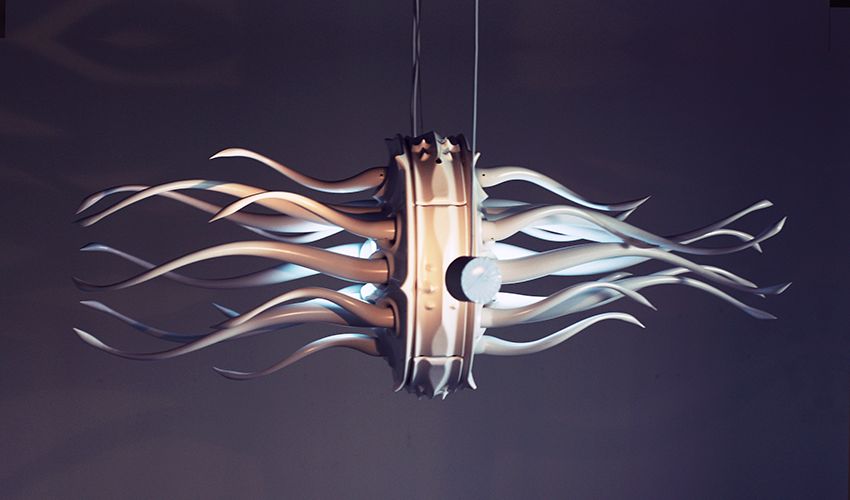
The digital space is limitless. Here, imagination can become a visual, sensory reality, and the line between what is “real life” and what is “digital life” can be easily blurred. Nizamutdinova’s art straddles this blurry line. Her pieces provide viewers with meditative objects that call into question the distinctions we have made between the digital and natural worlds.
Following her work as an architect and designer, which provided her with a foundational knowledge of physical spaces and how to use them, Nizamutdinova branched out to 3D printing and digital programming and began working with new machinery. Through this process of experimentation and learning, Nizamutdinova’s Cyberflora was born.
The ongoing project comprises two concepts: “Cyber,” meaning the digital world that provides the artist with an infinite of creative possibilities, and “flora”, referring to the natural world. The artist, and humans themselves, link these two concepts; the digital world can be created and shaped by us, and our natural, “real” world contributes to this inspiration.
Much like the evolutionary processes that are inherent to the natural history of life on Earth, the individual pieces of Cyberflora also experienced a progressive change of morphology and identity. What began as several funny experiments as Nizamutdinova learned new skills soon morphed into a project with a clear direction. Cyberflora’s resultant works amount to beautiful, smooth entities made out of various plastic and metal materials that are reminiscent of deep-sea creatures or Jurassic vegetation.
Aspects of these kinetic structures, such as the waving tentacles of “Silkworm” or “Xxiv,” seem real, as though this creature might already exist in the world. The viewer might associate the movement of the creatures with octopuses or anemones. Yet, at the same time, these structures are not “real” animals; they are robotic and motorized. Nizamutdinova’s Cyberflora simultaneously links processes of the natural world, such as evolution and “natural” forms and functions, with the digital and computerized.
The Observers is an extension of this transition to a digital platform. Born out of self-isolation, the Observers is an augmented reality project featuring Cyberflora creatures. The beings are digitized and can appear in any location worldwide, on any screen or device, just as our own human communities and workspaces steer towards digital permanence, so to have Nizamutdinova’s beings been transported to online spaces. The growth of Nizamutdinova’s Cyberflora echoes the changes we are all experiencing and raises questions about how our own evolution is evolving.
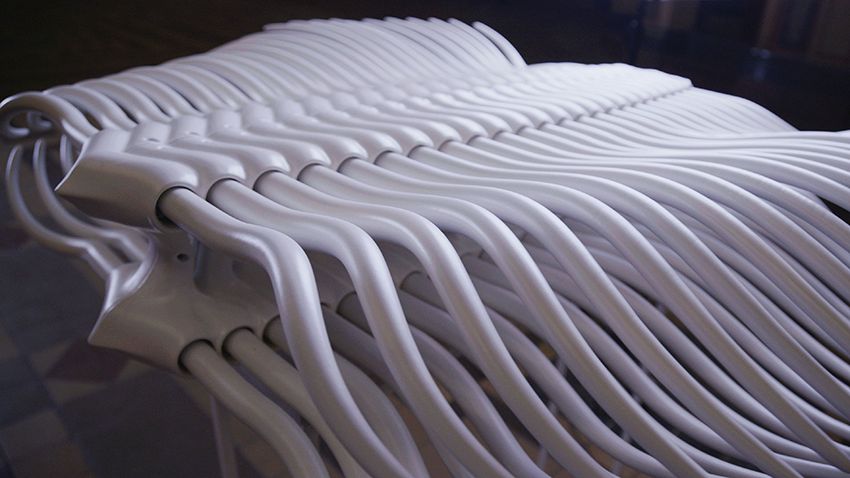
For our audience that is not familiar with your work, could you tell us a bit about your background and what drew you into working in the intersection of interactive design, architecture, and emerging technologies?
I worked as a designer and architect for a long time. And this is a valuable experience – understanding many technologies, complex processes, and a vision of space. And the main principle – the form is subject to function – is always with me in my work. Even the function concept is somewhat conditional. It makes my work more refined and minimalistic, helping to clear the idea of unnecessary. I always wanted to create something unusual, to experiment, even when it was not worth it.
Fortunately, I came across bold and ambitious customers. Thanks to my experience as a designer, I always present work in the context of space, and I know how best to show it. In parallel with the activities of the architect, I worked out my skills as a 3D artist and created objects in a digital environment, animated and static. The desire to bring these experiments to life, to revive them, prompted me to study technologies and materials. In search of a way to realize my ideas, I came to Fab Lab Polytech in St. Petersburg, and there I met a 3D printing enthusiast Pavel Golubtsov, who was my mentor in the first engineering and 3D printing experiments.
At that time, I was looking for where to print my first bionic lamp, and he assembled his first 3D printer. Now he is the director of the Tsar3d company. Initially, I made funny experimental robots that gradually became more complicated and took on more meaningful forms and subtexts. With this project, I performed at science and technology festivals, for design weeks in Moscow, and St. Petersburg, by correspondence at Milan Design Week. The Cyberflora project was born and took shape by itself in the process of evolution of my experiments, which found a clear direction and a single style.
…and what things inspire you?
Every time it’s something new. Sometimes I like mechanical transmission, material behaviour, human gestures, light and shadows, and even sound (the new installation will be about sound): optical illusions, textures, and surfaces. Communication with colleagues, co-creation, and exchange of ideas is very inspiring. The project begins with a feeling I would like to fix and put on repeat. The transition from digital to material is very inspiring. All additive technologies remain magical and delightful processes for me that I can look at forever.
What was the intellectual process behind the concept of Cyberflora?
This word contains two general concepts. “Cyber” is the digital world, and “Flora” is the world of living nature. Cyberflora exists in the form of physical objects, objects of augmented reality, and digital and physical accessories that a person can wear. Man is a transitional link between the concepts of “cyber” and “flora” as the force that should ultimately become the reason for the merger of these two spheres.
I create intermediate inanimate life forms by combining natural formations with mechanics, the cyclical processes of nature with the laws of the digital world. They are animated by some visual effect through which the idea of an object comes out, reminiscent of natural phenomena, looped. Set for replay.
Gradually, humanity begins to apply the same mathematics in calculating its structures and mechanisms as nature for the structure of the living and nonliving. Living creatures in nature are always part of the ecosystem; they still play some role in it, more or less significant. The human environment is also a kind of ecosystem within the existing one. And objects and living things in it carry various functions, just like animals or plants.
The non-living environment in this ecosystem is increasingly striving to come to life, becoming interactive and malleable to humans. Slowly but surely. It’s great to watch how the object created by you makes changes to this environment, fills the space emotionally, and multiplies in the form of photos and videos in a digital environment, almost like a living thing. Leaves its mark on the network and starts processes.
It is an interesting experience – to create an abstract object without a function and make it a full and significant member of the environment. Each creation results from natural evolution; several prototypes precede the final form, and the initial form can radically differ from the final one. The soul of the being that animates it is an idea, and it can be embodied in many forms, and I focus on the one that most fully reveals the potential of this idea.
The creature inevitably becomes beautiful when the mechanics, materials, and ideas begin to work together. Beauty should be meaningful, polysemous, abstract, and meaningful. To achieve the best result, you need the most elegant and compact mechanism created by the artist, one that an engineer will never do. Therefore, I design mechanisms and forms and experiment with materials. For me, it is an intellectual process at all levels.
I work on my projects as an artist, engineer, and producer, and I control and often carry out the basic processes – for me, it is always training, research, and experimentation. Without this immersion, I would never have understood how to create what I am creating now.
What are the main outcomes of the project?
The main result is the feelings you feel when seeing that your idea works; how the inanimate comes to life. When you master a new skill, it’s amazing. And I have to do it all the time. This project began as a joke and an experiment. Now it is my main love and way of communicating with the world; my creatures by themselves travel on the Internet and introduce me to wonderful people, creating opportunities for me, adventures, and collaborations on which I am currently working.
For me, a big pleasant surprise – people see different ways of using my sculptures, and they inspire them. In addition to people from the sphere of art, people who decorate interiors, professionals from the fashion and music industry, and event organisers continuously come to me; new requests from different areas always appear, and I understand that my activity is relevant and exciting.
And what are the challenges you faced in its development?
The most important challenge was at the beginning – when I had only an idea and no idea how to implement it. I had to learn how to make mechanisms, program a little, and work with electronics. It was hard. When you do something experimental for the first time – there are always a lot of difficulties. I’m a girl, an engineer, artist, and I work in Russia. At first, I met scepticism and criticism. But then, later, I found that I inspire people with their creative projects. It was one of the best discoveries.
Then, also, nothing behaves as expected. Each product is preceded by more than one ugly prototype. There are many such creaky ugly things in my workshop. I had a lot of difficulties with 3D printers, one of which I did practically by myself—a terrible machine. Also, I am not a graduate of an art institute, and it was not so obvious how everything works in the world of art. In this regard, in the beginning, there were some difficulties.
From programmable matter, 3D/4D printing and biological design, and human interaction with digital interfaces, the material seems to be blending more and more with the digital, and something you explore in your practice. Where do you think we are headed in terms of this new digital materialism, and where do you think your practice will be headed to?
We are moving towards the materialisation of the digital self and the digitalisation of the material. The ever-greater confusion of these concepts changes people’s perception of reality. Today our digital personality is no less real than our physical. In a digital environment, people often change their appearance, create an image for themselves, and ultimately make a design of themselves, already partially becoming a post-human, albeit virtual.
And even communication with the real body is not so important. Which is more significant? a Blogger with a million followers on Instagram is more real on the Internet than their actual physical existence. We perceive this living instead as a continuation of the digital ego. This distortion had an interesting effect on people’s reactions to my project.
During the COVID-19 epidemic, many processes were forced to go online, affecting my work too. Without access to the workshop for some time, I began to experiment with augmented reality and create versions of existing creatures: interpretations from the Cyberflora series that can virtually appear in any place and at any time on the screen of a smartphone with a link.
Unlike the real ones, they can change their colour and size and travel the world. These virtual creatures accompanied me while walking along the streets of St. Petersburg that were empty during the spring 2020 quarantine. And the OBSERVERS project was born.
When I began to share work on social networks, the discovery was unexpected. Viewers cannot always distinguish digital sculptures from real ones and may consider that the sculpture filmed on video is digital art. People often don’t even think about what exactly they see. It follows that the perception is mostly distorted by the abundance of diverse and high-quality content, and an understanding of real technological capabilities is low.
That has prompted me to do even more experiments with optical illusions now and explore this phenomenon of perception, play and joke with it, maximally involving technology. Make real objects look digital and vice versa.
In my opinion, contemporary art should convey to the viewer, in addition to political, environmental and social situations are also the situation of technological and scientific progress, development of design, and architecture at the moment. For me, all these concepts are interconnected and cannot be separated.
I look forward to other opportunities that await me as an artist of the modern world. It will be wonderful if I can accelerate the emergence of these features with the help of some of my developments. We are moving towards fully interactive, almost living spaces with everyday objects surrounding us like vibrant, responsive architecture, fluid, interactive art, free, flexible, and different.
My work is a reflection on this subject. At one point, I think the concepts of cyber and flora will unite completely. I can grow living plants according to the algorithms and various properties I have set for them, create lively and responsive entities, and fill spaces with energy. Create your own versions of natural phenomena, interactive and controlled, with striking moods and conditions. Yes, I’m a dreamer!
Solitude or loneliness, how do you spend your time alone?
N/A.






